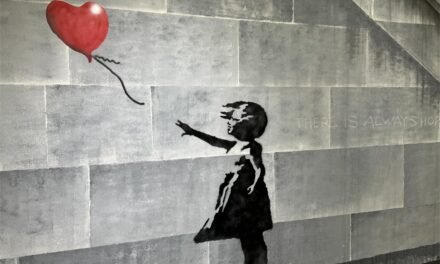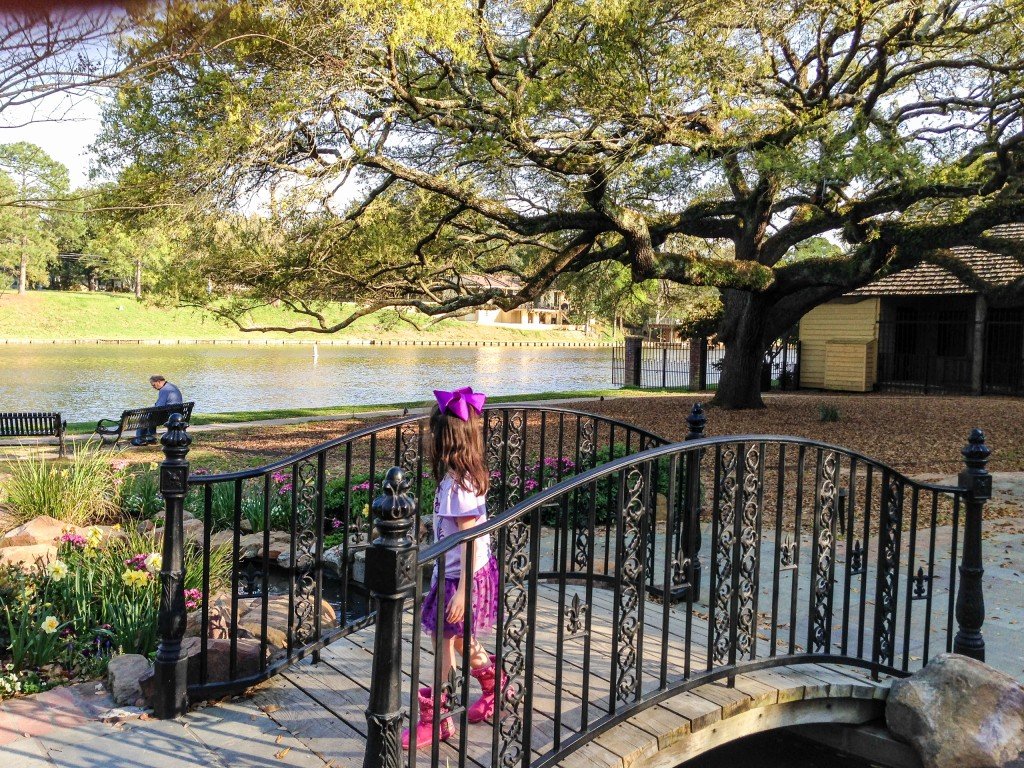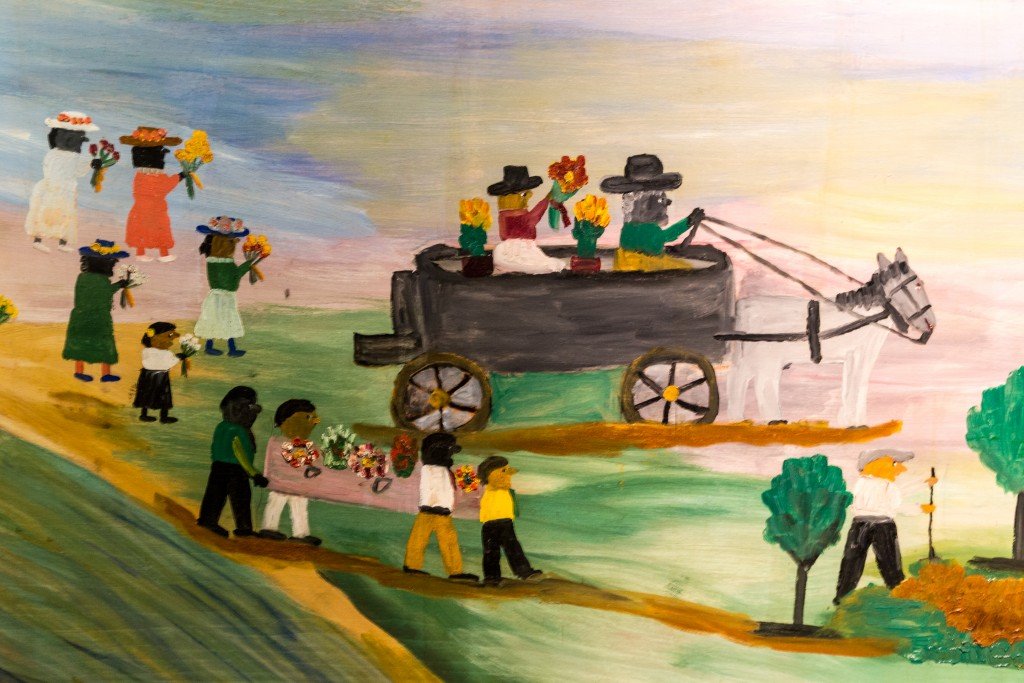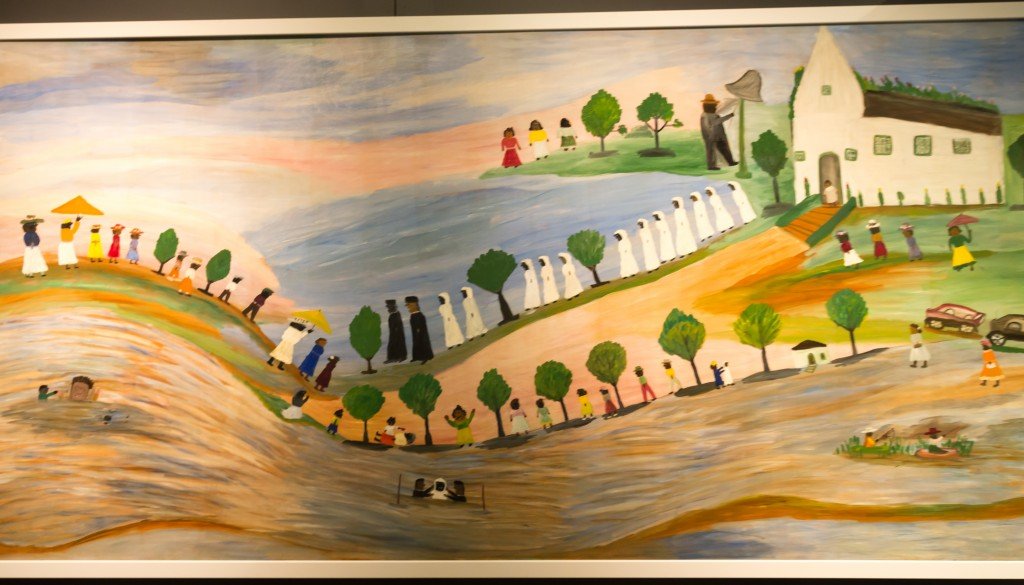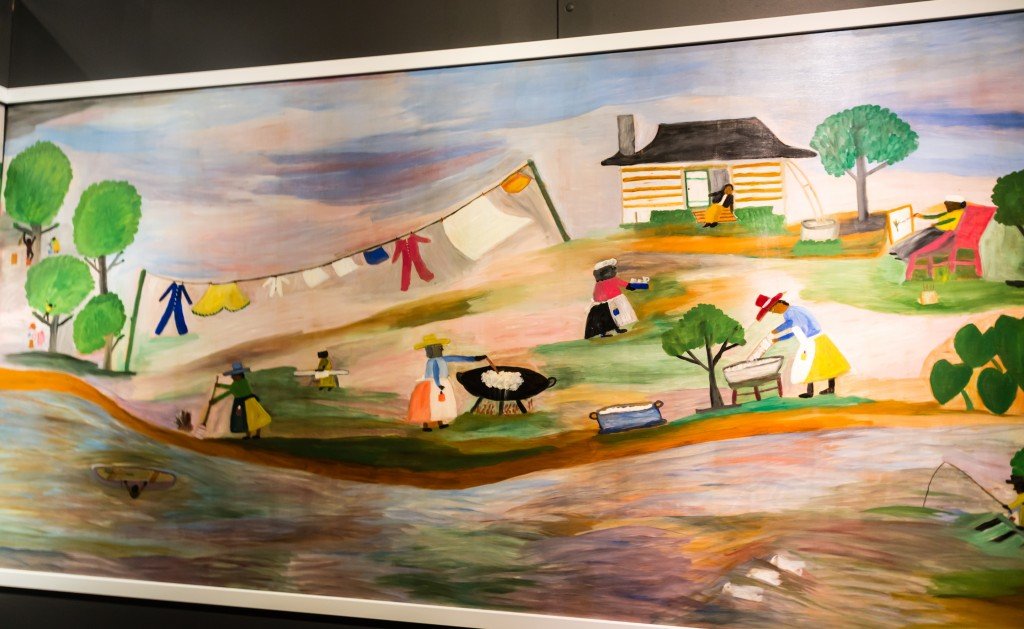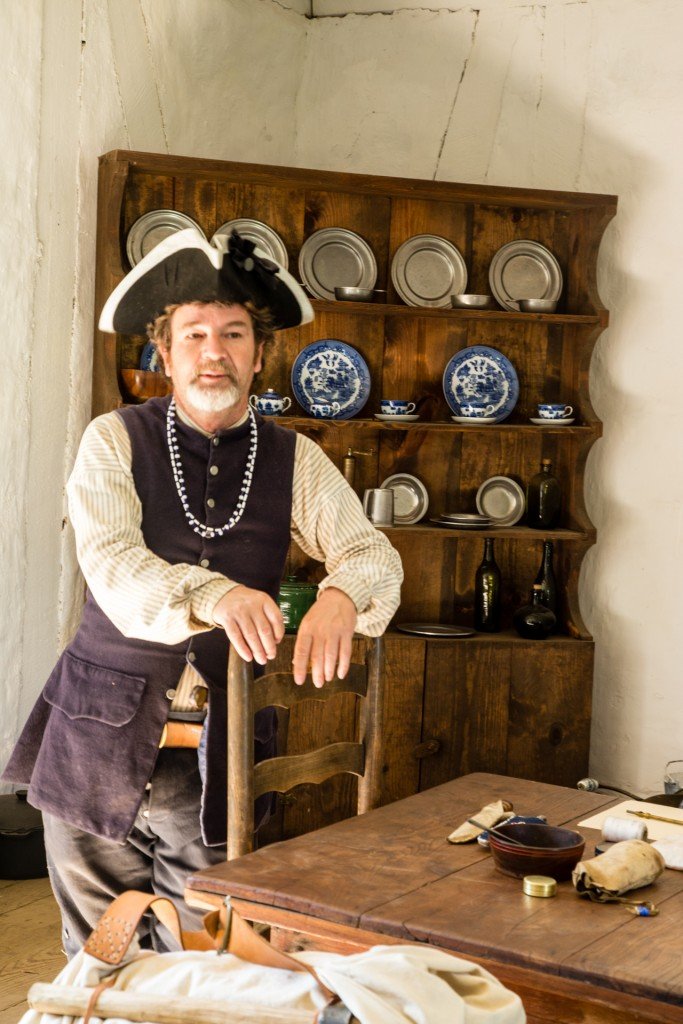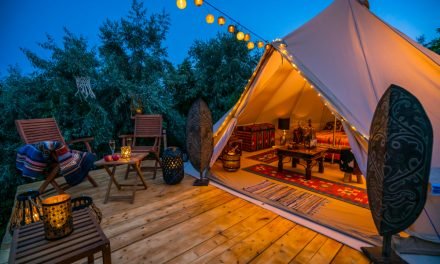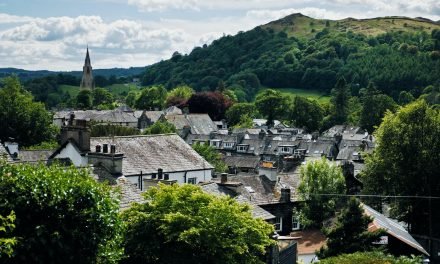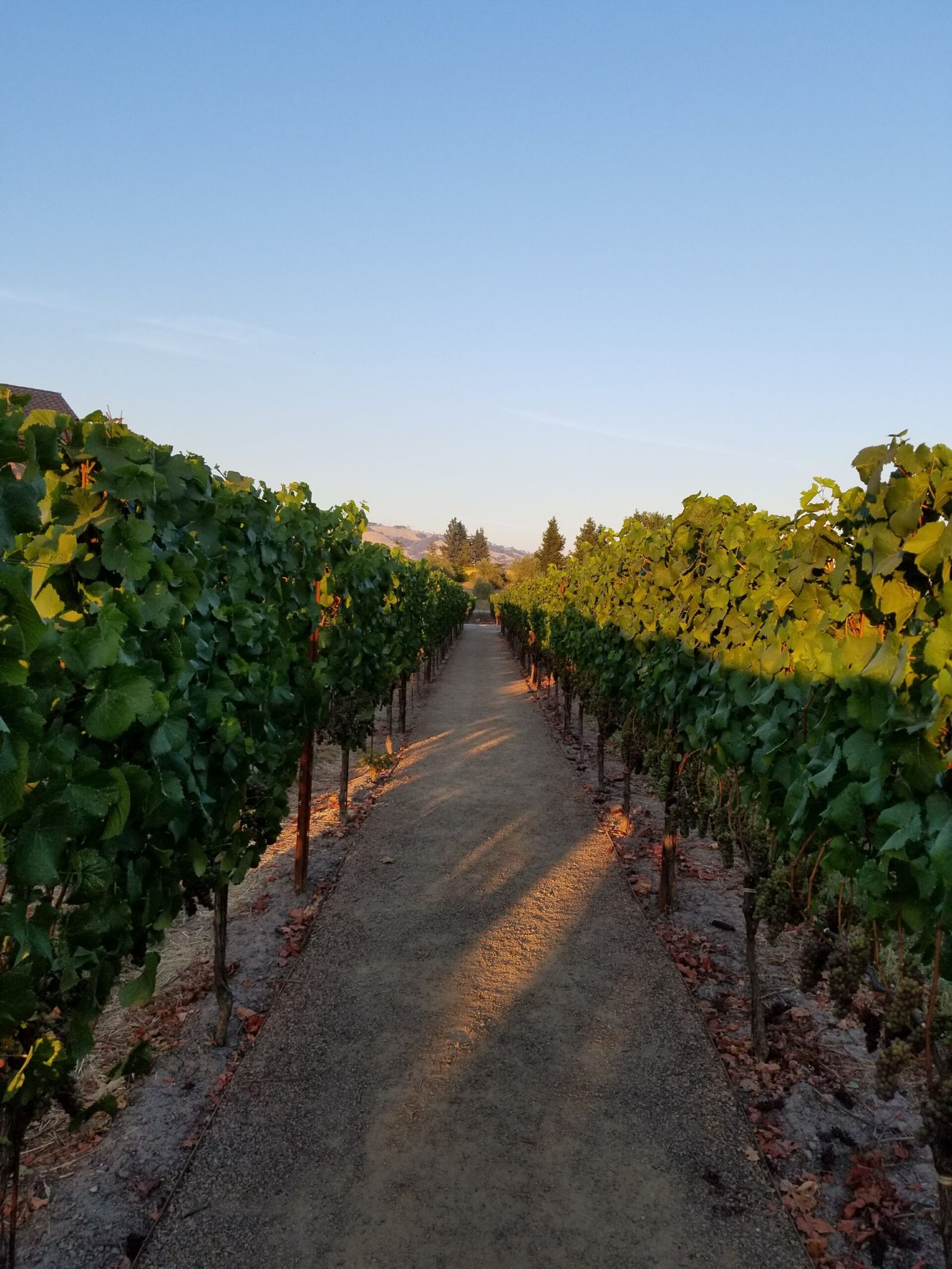
Clementine Hunter Murals in Natchitoches, Louisiana
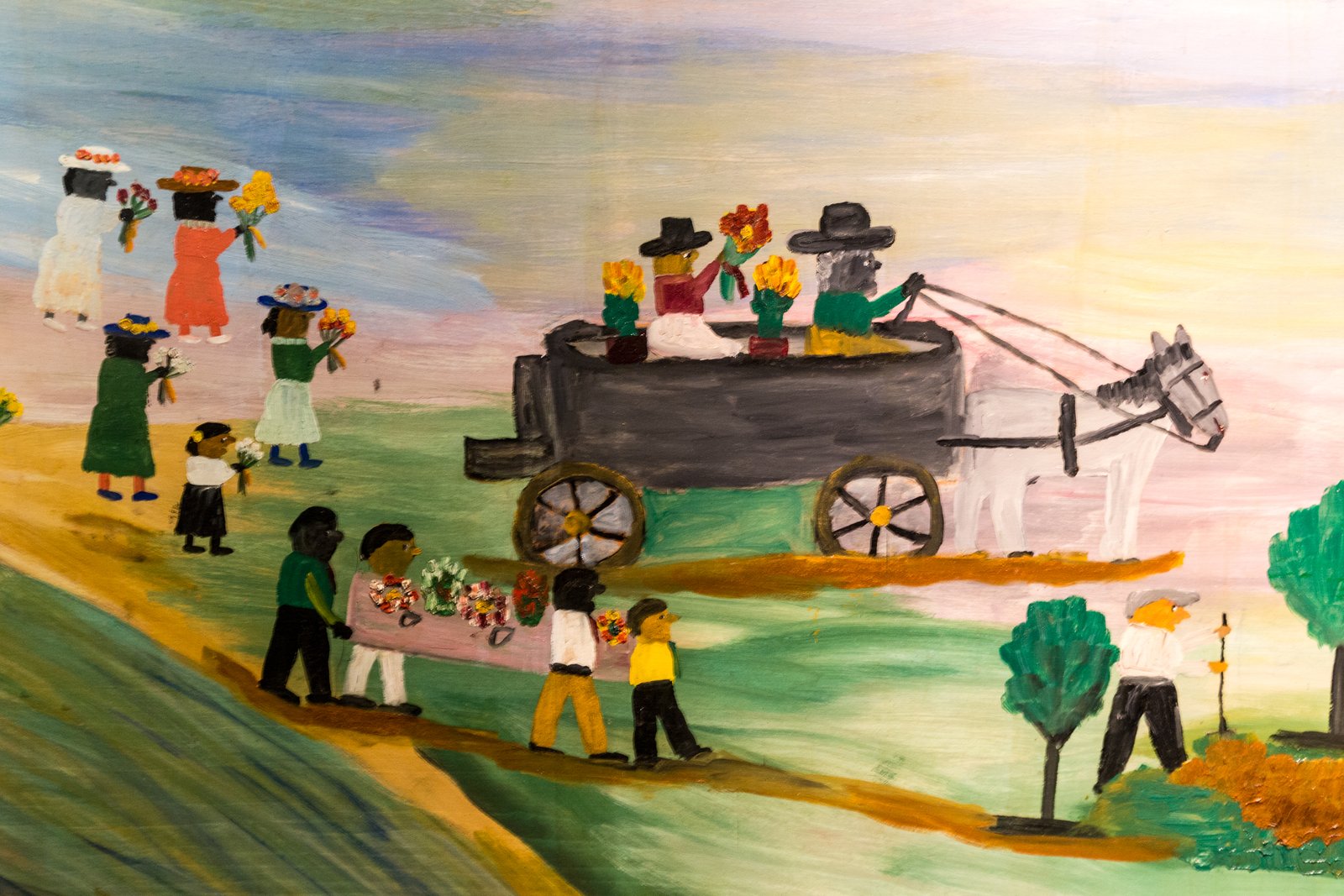
Have you ever driven through a city or town and immediately wanted to stop and explore? That’s how I felt when I reached Natchitoches, Louisiana, site of the town in the movie Steel Magnolias. Fortunately, I did have a few hours to spend. The brief visit only increased my desire to return as this destination has much to offer.
Natchitoches (pronounced “Nack-a-tish”) is the oldest community in the Louisiana Purchase territory. Today, it’s the B&B capital of the state with many historic inns that look inviting for a girlfriend getaway or romantic escape. The lively and upscale riverfront of the downtown district borders the beautifully landscaped Cane River Lake. The Northwest Louisiana History Museum, which also houses the Louisiana Sports Hall of Fame, rests on the main plaza. I decided to venture in and was delighted to discover many worthwhile exhibits.
The museum’s new (year-long) Folk Art exhibition displays the Murals of Clementine Hunter. Ms. Hunter is considered one of the South’s foremost primitive artists. Her appeal is the simplicity of daily life: wash day, weddings, funerals and harvest time – the story of Cane River country.
“Clementine Hunter is a great example of the creative genius who arises from the most unlikely circumstances,” said Lt. Governor Jay Dardenne at the exhibition opening on March 28, 2015. “After the age of 50, with little more than her own vision and fierce determination, she picked up a brush and painted her way to wide acclaim.”
Most of Hunter’s works document the social life and customs of the African-American community as she saw it. She moved with her family to Melrose Plantation when she was 13 years old. Her early days were spent picking cotton and pecans at Melrose Plantation, and eventually she moved into the Big House to help with kitchen and laundry duties. There she completed her first creative endeavors: making dolls and quilting. One day she picked up a leftover paintbrush and started producing art. She never stopped until a few days before her death at age 101.
Hunter painted her memories, so we see an insider’s perspective on life from 1939 to 1988. Sometimes she places herself in the painting. Her murals (removed for renovation from the walls of the African and Yucca House on Melrose Plantation) are large, four-by-eight feet. The size brings the viewer into the painting, and the primitive style provokes a level of understanding, not intimidation. Hunter often drew women larger than men because she saw them as more important.
I didn’t have time to visit the National Park site: the Cane River Creole Plantation, which includes Oakland and Magnolia Plantations. I did make it out to Fort St. Jean Baptiste. The full-scale wooden reconstruction sits near the site of the original fort and includes interior buildings such as a trading warehouse, powder magazine, church, commandant’s house, barracks, guardhouse, and bastions. Costumed interpreters portray life during the period when French soldiers governed Louisiana.
Before 1830, the Cane River passed by the fort and downtown district, but the river changed course when a massive logjam was cleared. The loss of the former port, bustling with cotton and sugar shipments, also changed the economy of the area. Natchitoches suffered through the Civil War and Great Depression and growth came slowly during the industrial age. Tourism is now one of the primary sources of income. Visitors will find appealing shops, restaurants featuring Southern, Creole and Cajun cuisine, comfortable lodging and many National Historical Landmarks worthy of a tour.
If you go:
Natchitoches lies in Northwest Louisiana, 256 miles or about a four-hour drive from New Orleans. Spots of interest along the way include Baton Rouge, Plantation Alley, Atchafalaya River Basin, Lafayette, and the Kisatchie National Forest.
My visit to Natchitoches was part of my tour through Louisiana with Travel South.
All photos by Debi Lander except the panorama.


